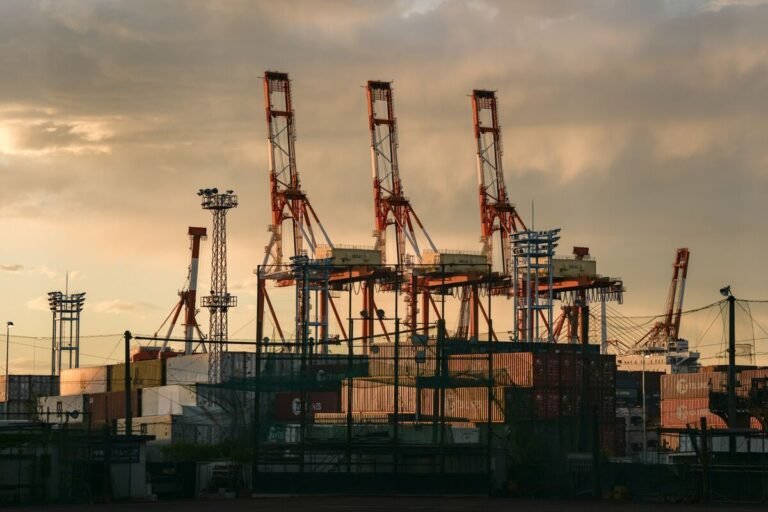The Independent reports that nearly 20 cities across India recorded “scorching temperatures” over 40C last weekend, “weeks ahead of the peak summer season”. The India Meteorological Department (IMD) has warned that heatwave conditions will continue across northern, eastern, central and western India this week, it adds, with forecasters linking the “unusually early surge” in temperatures to “slower winds and clearer skies, which allow more solar radiation to heat the surface”. Yesterday, Barmer in Rajasthan recorded a maximum temperature of 46.4C – over 7C above normal, according to the IMD – making it “the hottest place in the country”, India Today reports. Temperatures in Delhi are “expected to soar to 42C” by Thursday, Business Standard reports. The IMD has issued a yellow alert for the national capital that has seen back-to-back 40C days starting Monday, it adds. While heatwaves “usually start occurring in northern India from the end of April…we are seeing that their occurrence has recently been exacerbated by climate change,” said Mahesh Palawat of private forecaster Skymet, speaking to BBC News. He continues: “We go straight from winter to summer; the spring season in northern India is shrinking.”
Meanwhile, the Hindustan Times reports that major hospitals in Mumbai are seeing a “steep rise – up to 25% compared to [2024] – in cases of heat-related illness and viral infection”. The coastal megacity has seen a “clear rise in heat emergencies” and “actual heatstroke cases, which were once rare in Mumbai” over the past few years, says Dr Sandeep Gore, director of emergency medicine at Fortis Hospital, quoted in the newspaper. Gore adds: “Climate change is no longer a slow-moving crisis: it’s a health emergency now.” Eco-Business reports that “heat-related casualties are set to become one of the administration’s most pressing challenges in the coming months”, with estimates suggesting that over 50% of India’s gross domestic product (GDP) is “generated by workers in heat-exposed conditions, with limited or non-existent safety nets.” An anonymous senior government official tells the outlet that the union government “understand[s] the impact of climate change and extreme heat is brutal and needs to be addressed”, but “pointed to India’s decentralised governance as a constraint”, adding that “we could only offer guidelines at this stage”. Heat insurance “could enable daily-wage workers to forgo work on dangerously hot days”, says climate scientist Joy Merwin Monteiro, speaking to Down to Earth, adding that it is “crucial to move beyond the sole focus on wet bulb temperatures and integrate insights from health and physiology into discussions on climate change and human survivability”. Nikkei Asia looks at how early summers impact small businesses in the country. Separately, another Down to Earth interview – this time with Bhargav Krishna, the environmental governance lead at the Sustainable Futures Collaborative – examines a “double-edged environmental crisis” facing the country: reducing air pollution while managing heat risks.
In energy news, Business Standard reports that nearly 60% of India’s new coal plans – accounting for a third of the world’s coal-power capacity development – are “backed by state-owned entities (SOEs) using public funds”. At the same time, the Hindu reports on a new Ember report [also covered by Carbon Brief] stating that India “became the world’s third-largest producer of electricity from wind and solar energy in 2024, overtaking Germany”.





